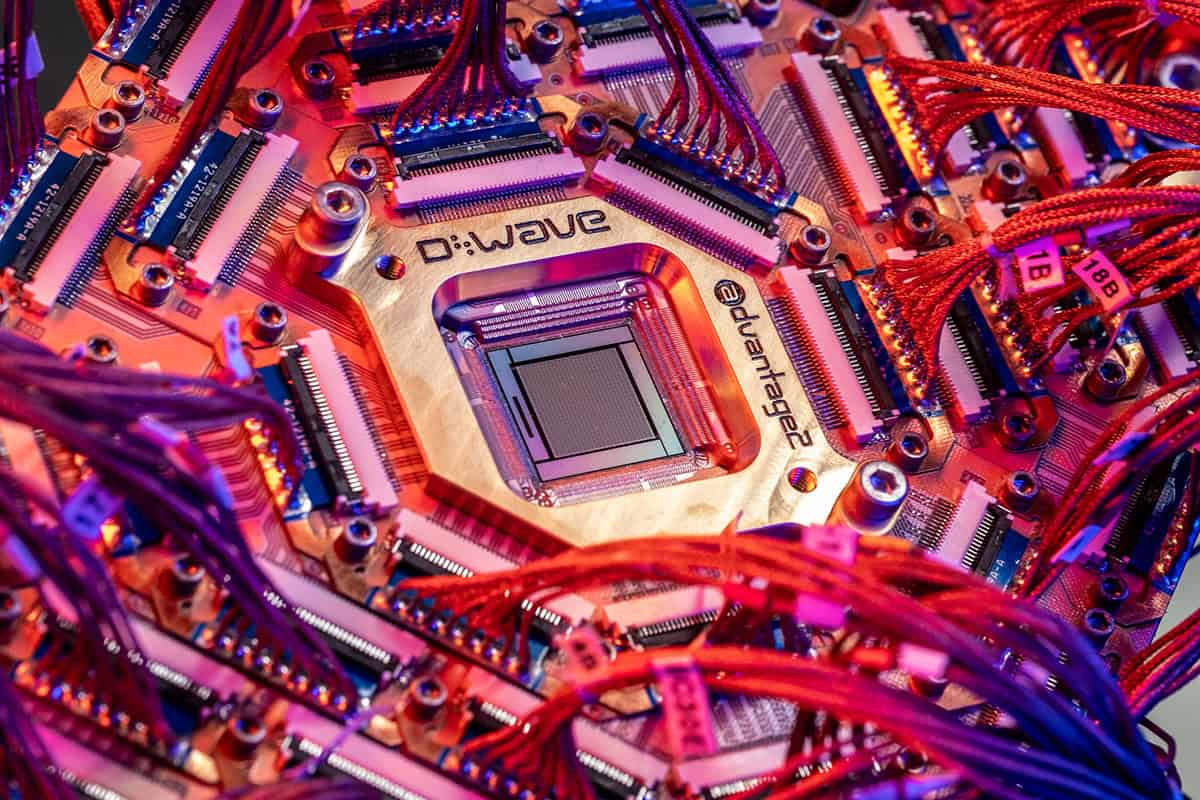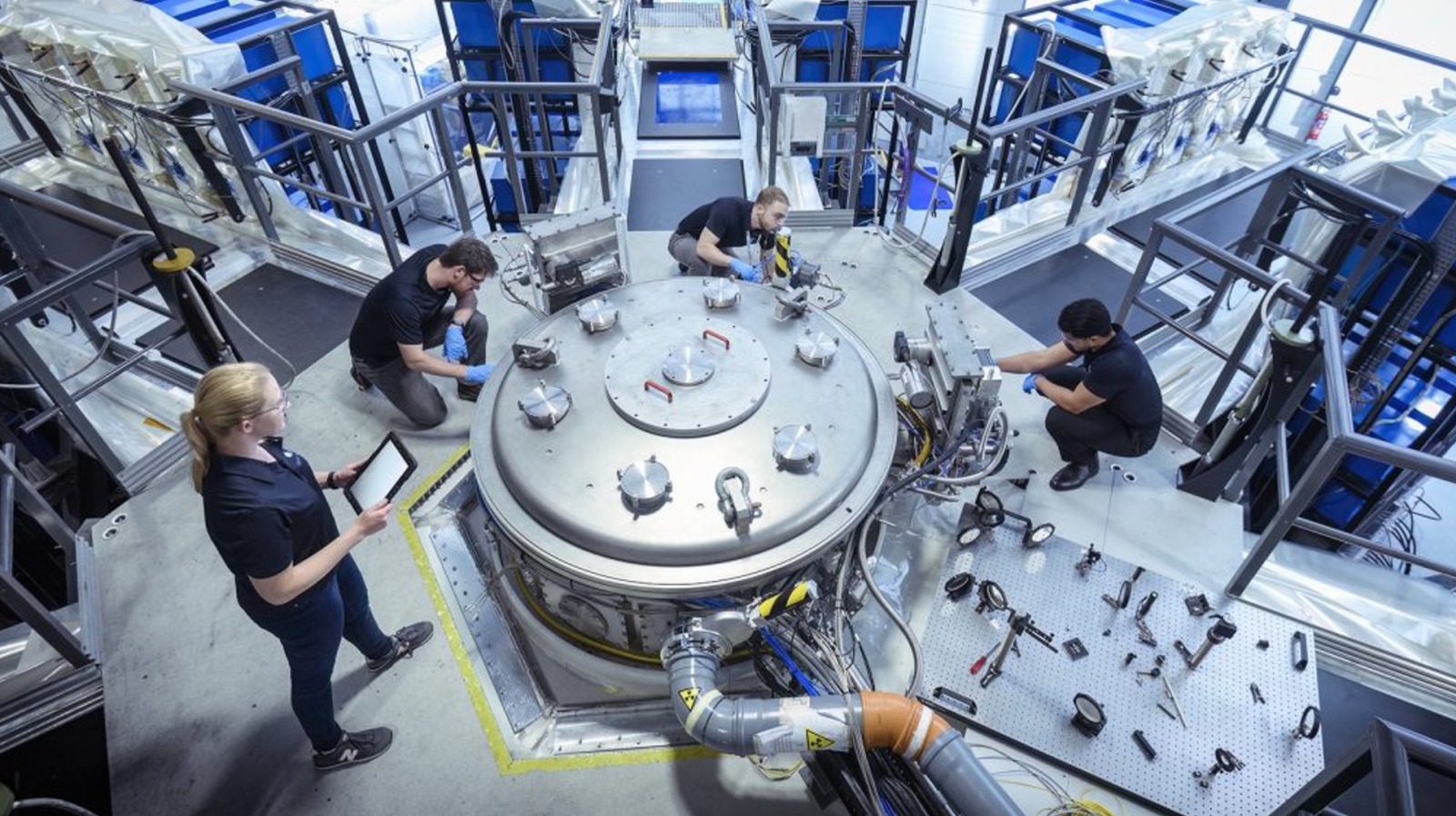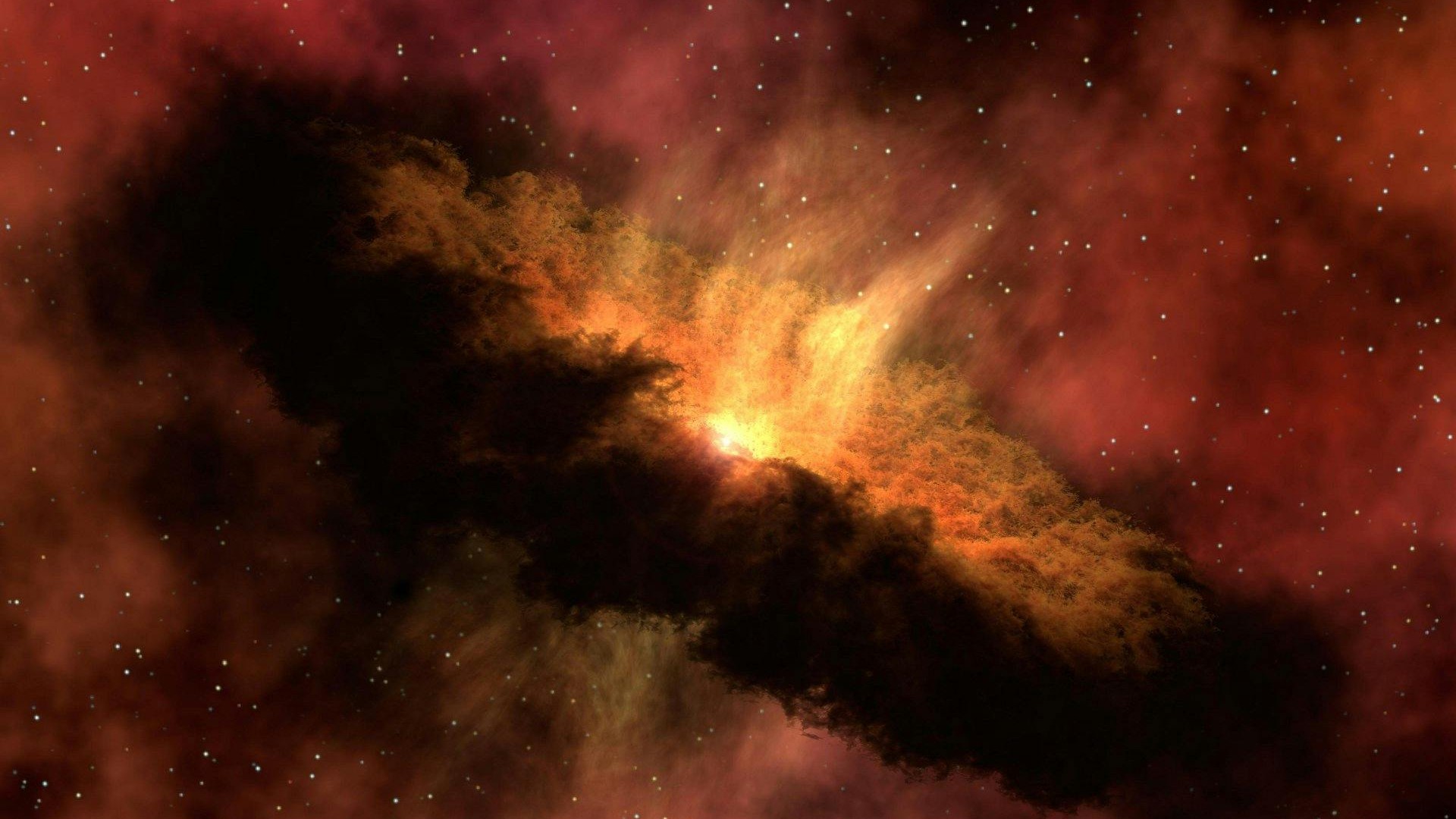A significant astronomical event is unfolding as the interstellar object 3I/ATLAS approaches its closest point to the sun on October 29, 2023. Renowned astronomer Avi Loeb, a professor of science at Harvard University, is closely monitoring this moment, referred to as perihelion, which he describes as the “acid test” for determining the object’s true nature. As the comet nears the sun, speculation is intensifying regarding whether it is merely a natural comet or something far more extraordinary, potentially an alien spacecraft.
3I/ATLAS, first detected in July 2023, is now poised to reach the perihelion at 11:47 UT (07:47 Eastern Time). Loeb suggests that this moment is crucial for observing how the object behaves under the sun’s intense heat and gravitational pull. “If it is a natural comet bound by weak forces, the heating it experiences—approximately 770 watts per square meter—may cause it to fragment and quickly evaporate,” he explained. This potential disintegration could create a bright cometary plume of gas and dust.
Conversely, if 3I/ATLAS is indeed an artificial construct, it may exhibit behaviors indicative of advanced technology, such as altering its velocity or releasing mini-probes. Additionally, potential signs of technological origin could include artificial lights or anomalous heat emissions.
Loeb has assigned a score of 4 out of 10 on his “Loeb Scale” for assessing objects based on their likelihood of being artificially constructed. “While 3I/ATLAS is most likely a comet of natural origin, there are eight anomalies that warrant further investigation,” he stated.
The object’s unusual characteristics extend beyond its trajectory. Analysis of the gas plume emitted from 3I/ATLAS reveals an unusual composition, consisting primarily of carbon dioxide (87 percent), carbon monoxide (9 percent), and water (4 percent). This CO2-heavy makeup diverges from the typical water-ice composition observed in other comets within our solar system, fueling speculation about its origins.
Loeb argues that the implications of finding alien technology are significant enough to merit serious consideration. “We must gather as much data as possible to ascertain its nature. The possibility of alien technology is too important to ignore,” he asserted. He emphasized the need to challenge existing assumptions as the data unfolds.
To illustrate the scale of 3I/ATLAS, Loeb compared it to humanity’s largest rocket, the Starship, which is approximately one-hundredth the size of this interstellar wanderer, should it prove to be technological in nature. “If it is indeed a probe, its creators possess technological capabilities far beyond our own,” he remarked.
As the scientific community awaits the results of this solar flyby, NASA has confirmed that Comet 3I/ATLAS poses no threat to Earth and will remain at a safe distance. The comet is now recognized as the third known object from outside our solar system to traverse our celestial vicinity.
The upcoming perihelion marks a pivotal moment in the ongoing investigation into 3I/ATLAS. Whether it is a natural comet exhibiting peculiar traits or an advanced piece of technology capable of defying our understanding of spacetime remains to be seen. As astronomers and researchers prepare to analyze the data, the anticipation surrounding this unique object continues to grow, leaving many to ponder the possibilities that lie ahead.







